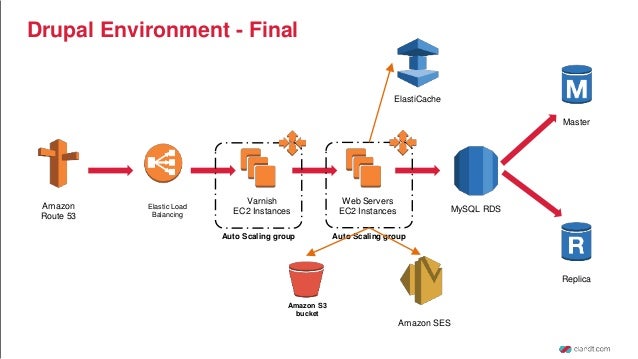

- #Deploy drupal on aws best practices install#
- #Deploy drupal on aws best practices update#
- #Deploy drupal on aws best practices full#
- #Deploy drupal on aws best practices zip#
Next, fill in the required details to create an application, including the Application Name and Domain Name. On the server panel, access the Application tab from the sidebar and click the Create button, as shown in the image below. You can see the download page in the following image.
#Deploy drupal on aws best practices zip#
Visit Drupal's official site and Download Drupal Latest release zip file.
#Deploy drupal on aws best practices install#
Install and Setup Drupal CMS with ServerAvatar Step 1. Open the link on your browser to access the ServerAvatar server panel. Claim your serverĬompleting the process will give you a link to claim your server. Type anyone that you would like to install on your server and hit the enter button. It will ask you which web server you would like to install on your server: Apache, Nginx, or OpenLiteSpeed.

Once you create a server as per your requirements, connect to your server using an ssh connection and execute the below three commands as a root user in your server console area. Here are the three ways to automatically configure your server with ServerAvatar.Ĭonnect a server using commands Step 1.
#Deploy drupal on aws best practices full#
Luckily, With ServerAvatar, Your full server configuration and optimisation can be automated. Usually, You have to write commands and modify configuration files. The Initial server configuration includes installation and configuration of various packages required to host your website.

After updating the firewall rules, the networking section of your Instance should look like the following image. Then go to the Networking section and add the missing firewall rules.
#Deploy drupal on aws best practices update#
To update the firewall rules for a specific instance, Go to the AWS Lightsail dashboard and click on the name of the instance you want to update.


 0 kommentar(er)
0 kommentar(er)
